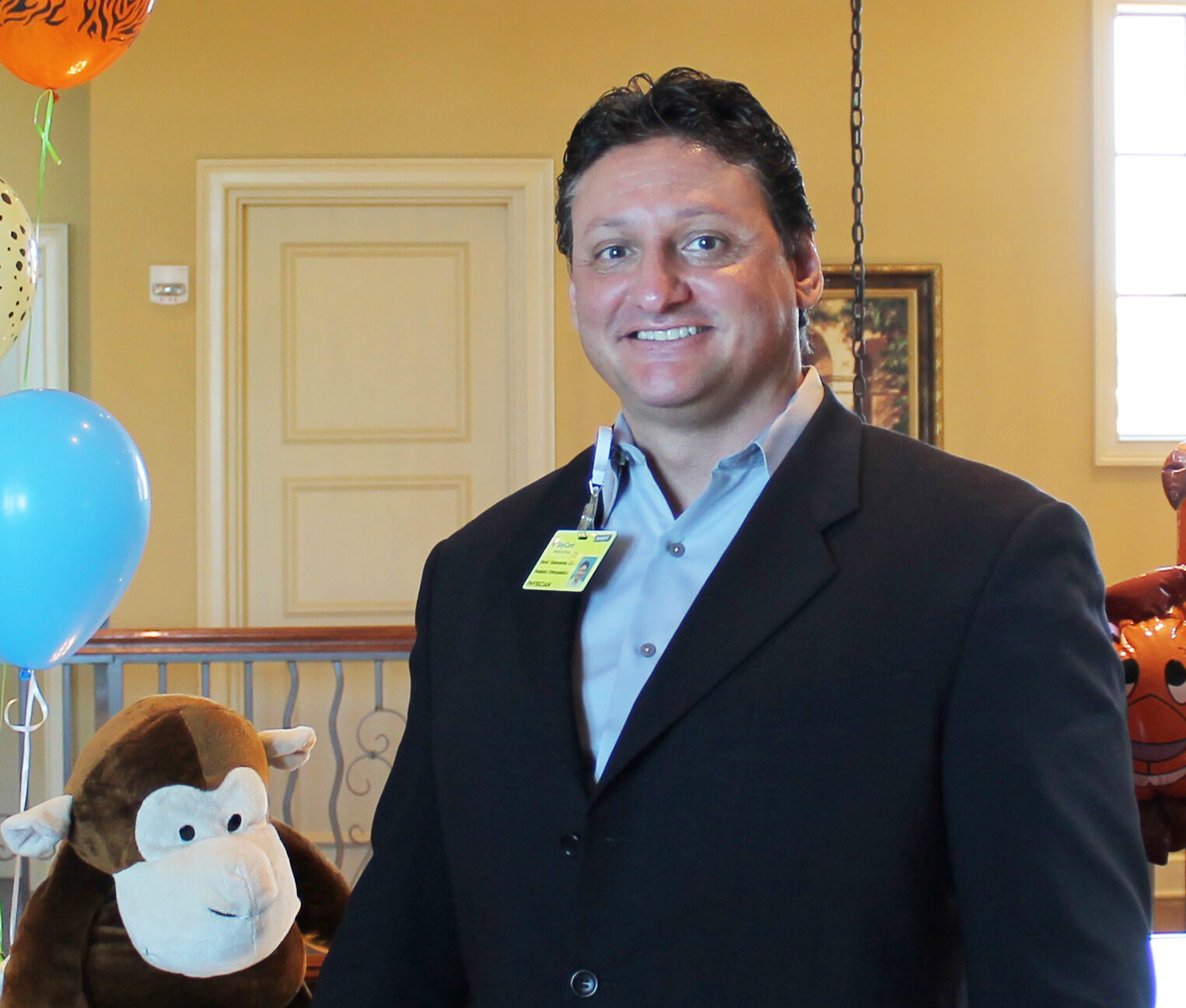March is National Cerebral Palsy Awareness Month, and Dr. David Siambanes is sharing a message of hope and optimism for children battling Cerebral Palsy.
Cerebral Palsy is a broad term describing a movement, tone, and posture disorder, usually due to a condition in the brain. While a clear source may exist, such as prematurity, genetic conditions or failure of brain development, the source is sometimes unknown.Diagnosing a child with cerebral palsy is also often difficult as there is no definitive test. Thus, we rely on clinical findings and the lack of functional development as early signs of the condition. Additionally, determining what this diagnosis means to your child specifically can be challenging early on as there exists a wide spectrum of severity within this diagnosis. A child with cerebral palsy may develop a mild degree of toe walking, and others may not ambulate and can develop spinal and hip deformities. Will my child walk? Have a learning disability? Require surgery?
“A general rule is if a child is unable to sit unsupported by two years of age or walk by seven, he or she will be unlikely to do so,” said Siambanes.
However, with proper treatment, there are plenty of reasons to be optimistic during this Cerebral Palsy Awareness Month. Dr. David Siambanes says:
I have seen children gain the motivation to walk at a later age. As the child grows, the results of the condition become more apparent providing clarity and accuracy in answering these important questions. With routine multi-specialty assessments, the parents will obtain knowledge on how the condition affects their child. This knowledge, along with the necessary treatment intervention that often is required, will result in the optimal care and functional development of their child.






